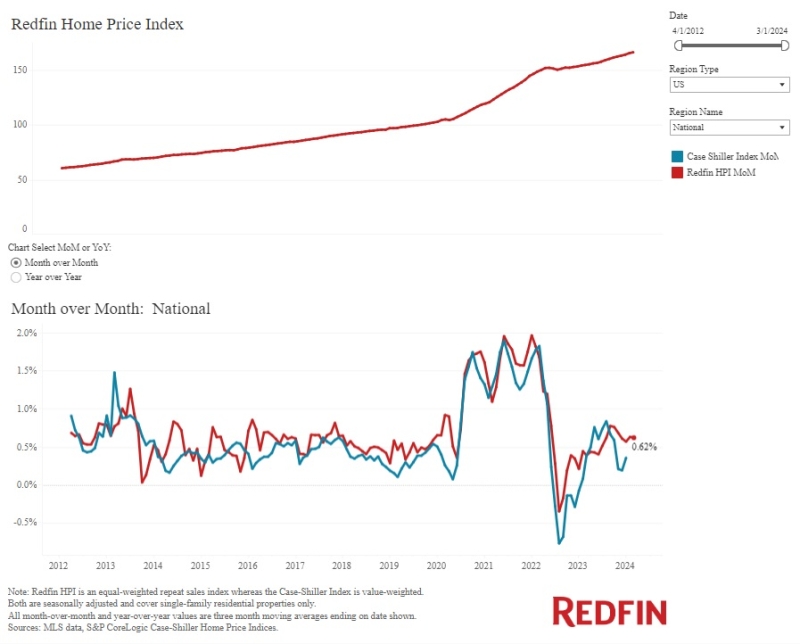Advertisement
Regulatory compliance outlook: October 2009 ... New advertising rules

New revisions to Regulation Z require the implementation of the higher-priced mortgage loan (HPML) requirements went into effect on Oct. 1, 2009. Please refer to last month’s Regulatory Compliance Column (September 2009 issue of National Mortgage Professional Magazine) for helpful preparedness information regarding the mandatory enforcement of this new revision to Regulation Z, the implementing regulation of the Truth-in-Lending Act (TILA). New advertising rules were also in the TILA revisions.
► The Final Rule promulgated by the Federal Reserve Board (Board) included revisions to improve mortgage advertising (12 CFR 226, Supplement I: B; VI, B; XI: A, amending §226.16 for open-end home equity plans, B amending §226.24 for closed-end credit).
► The purpose of these revisions is to ensure that advertisements for mortgage loans provide accurate and balanced information and do not contain misleading or deceptive representations.
► The Board's rules require that advertisements for both open-end and closed-end mortgage loans provide not only accurate and balanced information, but must also be designed in a clear and conspicuous manner, and provide unambiguous information about rates, monthly payments and other loan features.
Seven new advertising prohibitions
► The Board has adopted rules to prohibit the following seven deceptive or misleading practices in advertisements for closed-end mortgage loans [under TILA Section 129(l)(2), 15 U.S.C. 1639(l)(2)]:
1. Advertisements that state “fixed” rates or payments for loans whose rates or payments can vary without adequately disclosing that the interest rate or payment amounts are “fixed” only for a limited period of time, rather than for the full term of the loan.
2. Advertisements that compare an actual or hypothetical rate or payment obligation to the rates or payments that would apply if the consumer obtains the advertised product unless the advertisement states the rates or payments that will apply over the full term of the loan.
3. Advertisements that characterize the products offered as “government loan programs,” “government-supported loans,” or otherwise endorsed or sponsored by a federal or state government entity even though the advertised products are not government-supported or government-sponsored loans.
4. Advertisements, such as solicitation letters, that display the name of the consumer's current mortgage lender, unless the advertisement also prominently discloses that the advertisement is from a mortgage lender not affiliated with the consumer's current lender.
5. Advertisements that make claims of debt elimination if the product advertised would merely replace one debt obligation with another;
6. Advertisements that create a false impression that the mortgage broker or lender is a “counselor” for the consumer.
7. Foreign language advertisements in which certain information, such as a low introductory “teaser” rate, is provided in a foreign language, while required disclosures are provided only in English.
Action steps
► Because there are numerous revisions to advertising and “trigger term” rules, immediate steps should be undertaken to review the advertising in all media, including reviews of rates, monthly payments, and other loan features.
● All advertising must also undergo compliance reviews for:
● Advertising terms that require additional disclosure
● Catalogs or other multiple-page advertisements
● Electronic advertisements
● Disclosure of rates and payments in advertisements
● Alternative disclosures used in television and radio advertisements
● Misleading advertising for “fixed” rates, payments or loans
● Misleading comparisons in advertisements
● Misrepresentations about government endorsements
● Misleading claims of debt elimination
● Misleading use of the name “counselor”
● Misleading foreign language advertisements
► Consult a competent risk management firm or your company’s compliance manager to be sure you are correctly implementing all of the new advertising requirements, only some of which have been highlighted above. The new revisions are extensive and complex, and will require a careful and thorough compliance review of your advertising program.
Submit your questions …
Do you have a regulatory compliance issue that you’d like to see addressed in the Regulatory Compliance Outlook Column? If so, e-mail your issue or concern to Jonathan Foxx at [email protected].
Jonathan Foxx, former chief compliance officer for two of the country’s top publicly-traded residential mortgage loan originators, is the president and managing director of Lenders Compliance Group, a mortgage risk management firm devoted to providing regulatory compliance advice and counsel to the mortgage industry. He may be contacted at (516) 442-3456.
About the author





